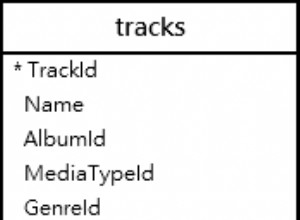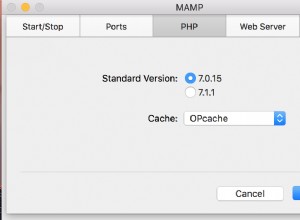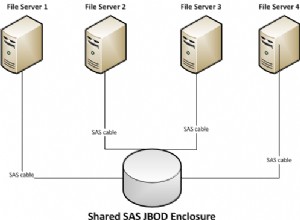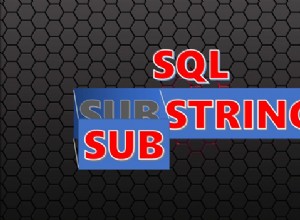Una forma muy directa podría ser esta (mientras que @x es su plan de ejecución XML):
DECLARE @x XML=
N'<root>
<ElementE1 AttributA1="A1-text belongs to E1[1]" OneMore="xyz">E1-Text 2</ElementE1>
<ElementE1 AttributA1="A1-text belongs to E1[2]">E1-Text 2</ElementE1>
<ElementParent>
<subElement test="sub"/>
Free text
</ElementParent>
</root>';
DECLARE @idoc INT;
EXEC sp_xml_preparedocument @idoc OUTPUT, @x;
SELECT * FROM OPENXML (@idoc, '*');
EXEC sp_xml_removedocument @idoc;
El resultado (no todas las columnas)
+----+----------+----------+--------------+------+--------------------------+
| id | parentid | nodetype | localname | prev | text |
+----+----------+----------+--------------+------+--------------------------+
| 0 | NULL | 1 | root | NULL | NULL |
+----+----------+----------+--------------+------+--------------------------+
| 2 | 0 | 1 | ElementE1 | NULL | NULL |
+----+----------+----------+--------------+------+--------------------------+
| 3 | 2 | 2 | AttributA1 | NULL | NULL |
+----+----------+----------+--------------+------+--------------------------+
| 13 | 3 | 3 | #text | NULL | A1-text belongs to E1[1] |
+----+----------+----------+--------------+------+--------------------------+
| 4 | 2 | 2 | OneMore | NULL | NULL |
+----+----------+----------+--------------+------+--------------------------+
| 14 | 4 | 3 | #text | NULL | xyz |
+----+----------+----------+--------------+------+--------------------------+
| 5 | 2 | 3 | #text | NULL | E1-Text 2 |
+----+----------+----------+--------------+------+--------------------------+
| 6 | 0 | 1 | ElementE1 | 2 | NULL |
+----+----------+----------+--------------+------+--------------------------+
| 7 | 6 | 2 | AttributA1 | NULL | NULL |
+----+----------+----------+--------------+------+--------------------------+
| 15 | 7 | 3 | #text | NULL | A1-text belongs to E1[2] |
+----+----------+----------+--------------+------+--------------------------+
| 8 | 6 | 3 | #text | NULL | E1-Text 2 |
+----+----------+----------+--------------+------+--------------------------+
| 9 | 0 | 1 | ElementParent| 6 | NULL |
+----+----------+----------+--------------+------+--------------------------+
| 10 | 9 | 1 | subElement | NULL | NULL |
+----+----------+----------+--------------+------+--------------------------+
| 11 | 10 | 2 | test | NULL | NULL |
+----+----------+----------+--------------+------+--------------------------+
| 16 | 11 | 3 | #text | NULL | sub |
+----+----------+----------+--------------+------+--------------------------+
| 12 | 9 | 3 | #text | 10 | Free text |
+----+----------+----------+--------------+------+--------------------------+
El id muestra claramente que el algoritmo es primero en amplitud , no hay id=1 (por qué alguna vez) y el nodetype permite distinguir entre elementos, atributos y texto (flotante). El prev columna apunta a un hermano en la cadena. Las columnas que faltan están relacionadas con los espacios de nombres...
El enfoque con FROM OPENXML está desactualizado, pero esta es una de las raras situaciones en las que aún podría ser muy útil...
Obtiene una lista con ID y ParentID que puede consultar con un CTE recursivo... Esto depende de lo que quiera hacer con esto después...




